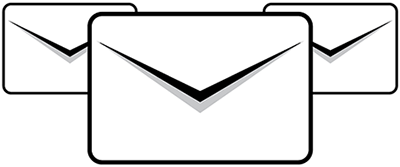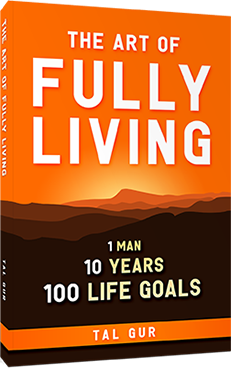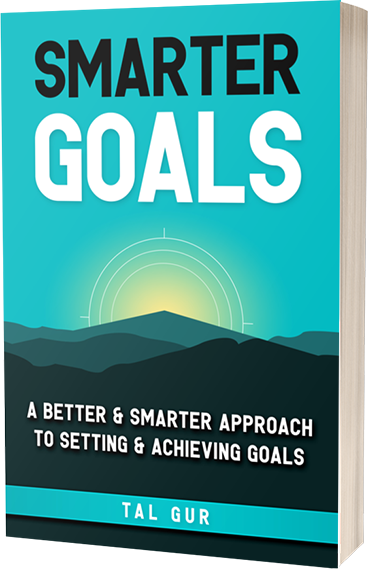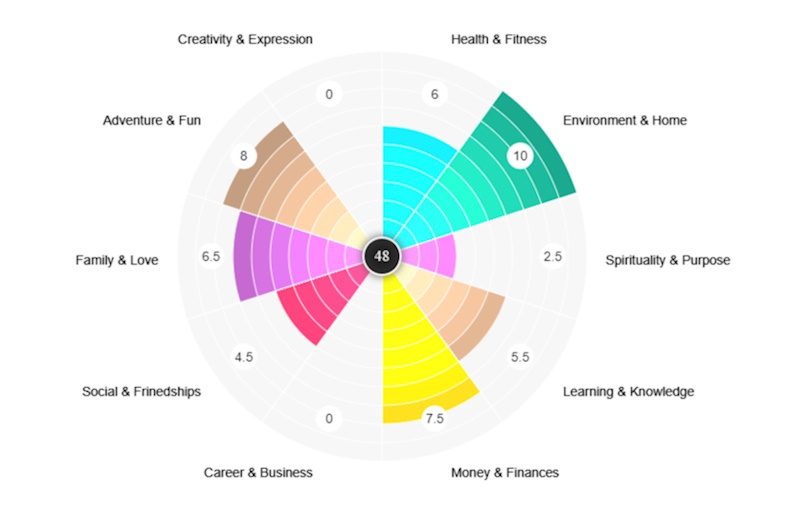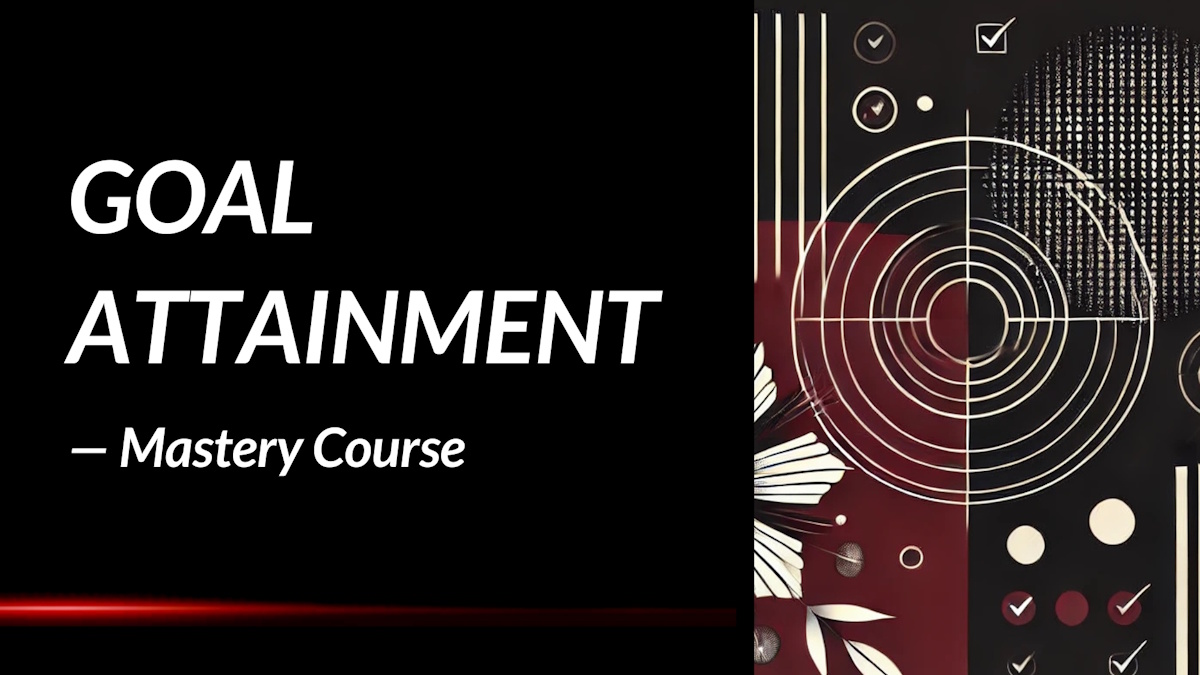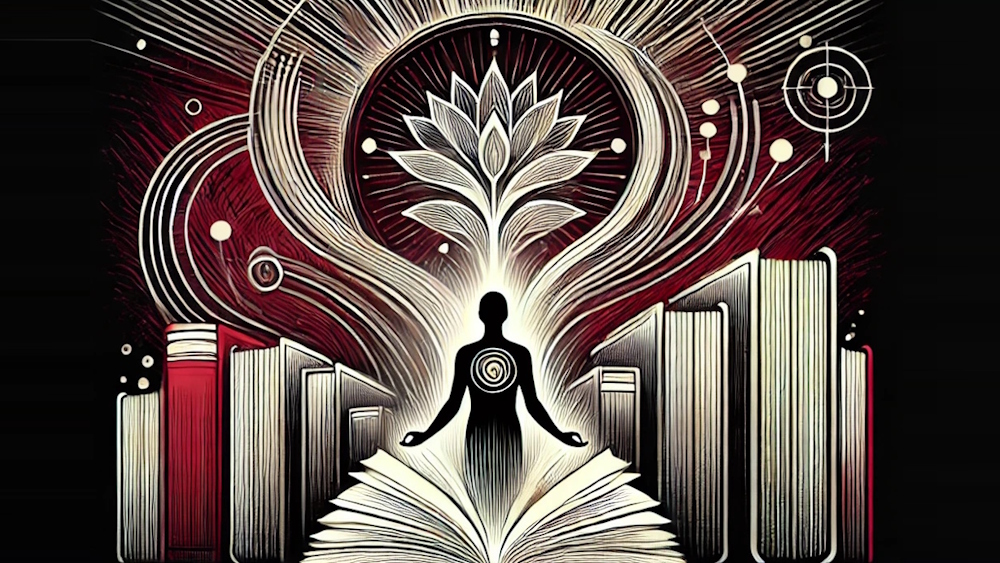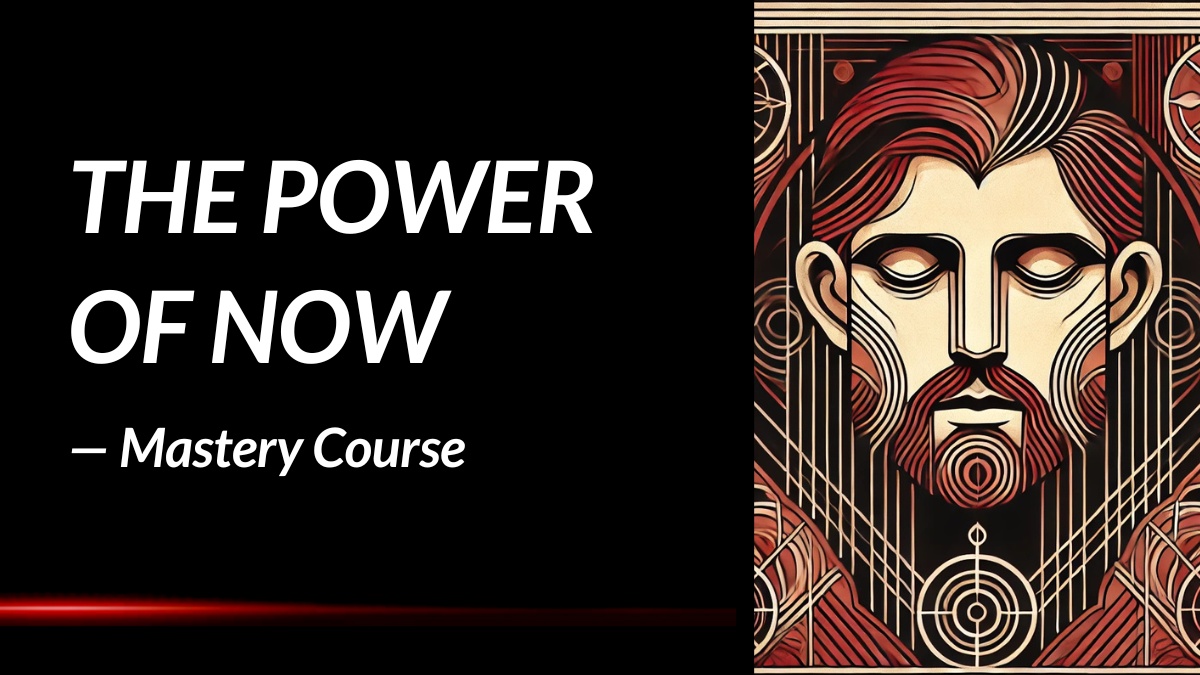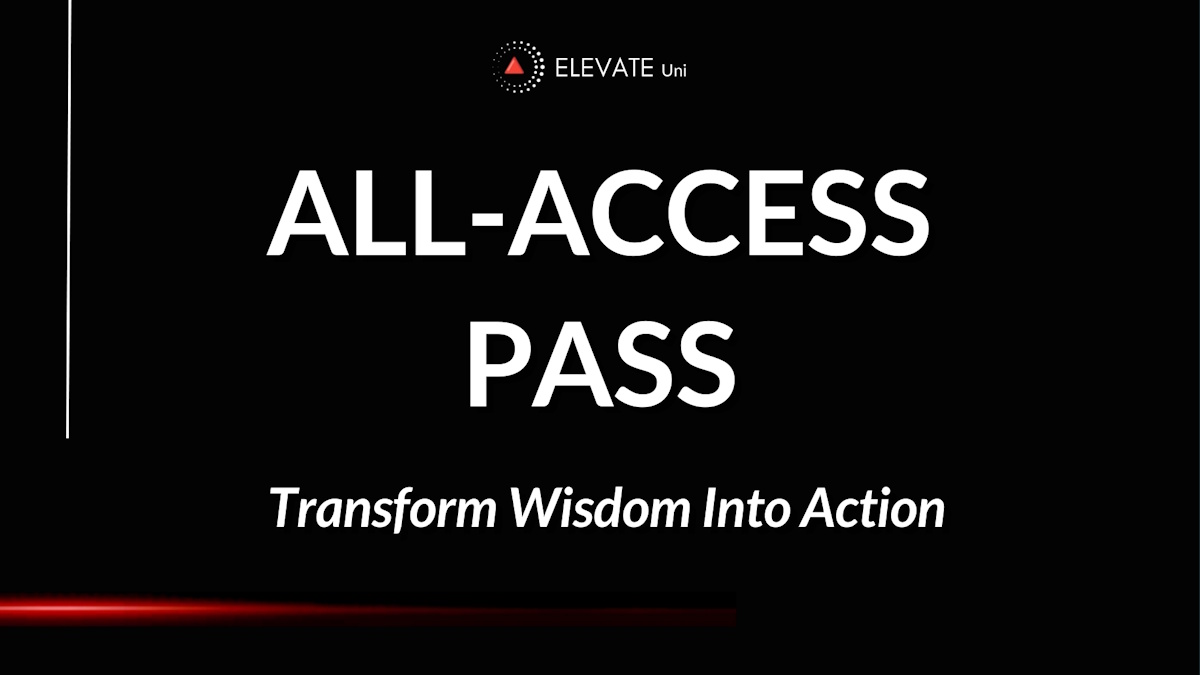The First 2 Hours: Summary Review
Have you ever wondered why some days you power through tasks effortlessly while other days you can barely focus? In The First 2 Hours, Donna McGeorge uncovers a simple but transformative truth: managing your energy, not just your time, can revolutionize your productivity.
What is the Book About?
The First 2 Hours is a fresh, actionable guide that redefines how we approach our workday. Donna McGeorge reveals that the first two hours of our workday are the most critical, yet most of us squander them on low-value tasks like emails and meetings. Drawing on science-backed research about ultradian rhythms and energy cycles, she teaches readers how to harness these peak periods for high-impact work instead. Through her structured approach, McGeorge introduces practical methods for reshaping schedules so that the most important work gets done when our minds are naturally at their sharpest.
Rather than simply telling readers to "work harder" or "plan better," McGeorge provides a new framework that focuses on aligning our workload with our biological prime times. With templates, routines, and simple tools, the book empowers individuals and teams to think differently about their calendars. It's not just about working more—it’s about working smarter by protecting the hours that matter most.
Book Details
Print length: 192 pages
Language: English
Publication date: March 15, 2019
Genre: Business, Productivity, Self-Help
Book Author
Core Theme
At its heart, The First 2 Hours is built around a simple but powerful idea: success isn't about managing tasks—it’s about managing energy. McGeorge emphasizes that understanding when you are at your mental peak can dramatically impact the quality of your work. Instead of getting bogged down by endless to-do lists, she proposes a day structured around energy levels, reserving the freshest hours for work that demands deep thinking, creativity, and problem-solving. This new rhythm aligns your efforts with your natural biological cycles, making your workday more effective and less exhausting.
Beyond personal productivity, McGeorge extends her philosophy to organizational culture. She highlights how businesses can create environments where employees are encouraged to protect their peak performance times rather than fill them with meetings and administrative clutter. It's a bold call to rethink not just our own habits but also how workplaces can be redesigned for better collective outcomes. Readers are left with a strong sense that changing small daily behaviors can lead to major shifts in professional and personal success.
Main Lessons
A few impactful summary lessons from The First 2 Hours:
1. Structure Your Day Around Energy Peaks
One of the essential lessons from *The First 2 Hours* is the importance of aligning your work schedule with your body's natural energy highs and lows. Instead of randomly assigning tasks throughout the day, Donna McGeorge emphasizes planning the most important and demanding work when your mind is at its sharpest, usually during the first two hours of peak energy. By understanding and respecting your circadian rhythms, you create a workday that feels less like a grind and more like a flow, making it possible to produce higher quality results without burning out midway through.
2. Break Your Day into Strategic Two-Hour Blocks
Rather than viewing the workday as one long stretch of endless tasks, McGeorge proposes breaking it into four two-hour segments: Proactive, Reactive, Active, and Preactive periods. Each phase is designed to match different types of tasks with your brain’s natural fluctuations in focus, energy, and decision-making ability. This segmented approach ensures you are consistently leveraging your best cognitive abilities at the right time, making your productivity sustainable rather than sporadic or chaotic.
3. Prioritize Proactive Work When Your Mind Is Sharpest
The Proactive phase, ideally occurring during the first two hours of your workday, should be dedicated to your most critical, high-stakes activities. These are tasks that require deep thinking, important decision-making, problem-solving, or creativity, like preparing major presentations, resolving complex issues, or making impactful choices. Protecting this time fiercely allows you to make the most of your freshest mental state before the day's inevitable distractions and energy dips begin to set in.
4. Use Reactive Time for Collaboration and Support
As your energy naturally dips a bit, the Reactive period becomes the ideal time to engage with others—holding meetings, responding to inquiries, providing support, or tackling problems that require teamwork. McGeorge highlights that by scheduling collaboration during this lower-energy window, you optimize your interpersonal effectiveness without wasting your prime mental capacity on tasks that don't require it. This keeps the momentum of your day flowing without unnecessarily draining your mental reserves.
5. Reserve Active Hours for Routine and Administrative Tasks
During the Active phase, when cognitive sharpness continues to fade, it’s best to shift focus toward routine and low-effort activities. Tasks like answering emails, completing paperwork, organizing files, and performing administrative chores fit perfectly into this segment. By reserving mundane duties for these hours, you maintain productivity even when your brain is not operating at peak capacity, thus turning otherwise sluggish hours into meaningful output.
6. Reflect and Plan During Preactive Time
The Preactive phase, ideally at the end of the day, is a chance to review achievements, tie up loose ends, and strategically prepare for tomorrow. McGeorge stresses that this deliberate closing ritual gives closure to the day’s work and sets a strong foundation for the next. Rather than rushing out or leaving things hanging, this practice creates mental clarity, reduces stress, and primes you for a smoother start the following morning.
7. Manage Energy Not Just Tasks
A major shift McGeorge invites readers to make is moving from traditional time management to energy management. Instead of obsessing over a lengthy to-do list, she urges us to focus on when we have the right kind of energy for different tasks. This subtle yet powerful reframing transforms the way we approach work, ensuring we maximize both efficiency and well-being rather than simply cramming in more activities into a finite number of hours.
8. Protect Your Calendar and Say No Strategically
To truly implement McGeorge’s system, you must learn to safeguard your calendar from unnecessary intrusions and distractions. That means saying "no" to meetings that don't serve your top priorities, declining tasks that can be delegated, and fiercely protecting your Proactive hours from interruptions. She emphasizes that multitasking and constant disruptions erode productivity, and that a focused, intentional calendar is a non-negotiable asset for anyone serious about making the most of their time.
9. Adapt the Framework to Your Work Environment
While McGeorge provides a clear blueprint, she also acknowledges that every workplace is different. Whether you're in a highly reactive environment or a supervisory role, her system can be flexed and adapted to suit your specific reality. What matters most is the principle: match the nature of the task to your natural energy patterns, and recalibrate expectations with colleagues and superiors if needed, rather than abandoning the strategy entirely at the first sign of friction.
10. Regularly Reflect and Adjust Your Approach
Finally, McGeorge encourages ongoing reflection and adjustment. Implementing this new system isn’t a one-time event; it’s a continual practice of observing what works, noticing where energy dips still catch you off guard, and tweaking your schedule accordingly. By regularly reviewing your day’s effectiveness and honestly assessing where improvements can be made, you gradually internalize better habits and replace old reactive patterns with a more empowered, productive way of working.
Key Takeaways
Key summary takeaways from the book:
- Protect your first two working hours for high-impact, high-concentration tasks instead of low-value activities like emails or meetings.
- Learn to understand and honor your body's natural energy cycles, leveraging them to plan your day more effectively.
- Structure your schedule around "prime times" of energy rather than rigid clock-based routines.
- Use simple tools like task batching, priority mapping, and decision trees to optimize focus and reduce fatigue.
- Shift workplace culture to value energy management over time management for long-term productivity and employee satisfaction.
Book Strengths
The First 2 Hours stands out for its refreshing, practical approach that feels accessible rather than overwhelming. McGeorge blends science with real-world advice in a way that feels empowering, offering simple tweaks rather than sweeping life changes. Readers appreciate how actionable the steps are, making it easy to start applying lessons immediately rather than getting bogged down in theory.
Who This Book Is For
This book is perfect for anyone who feels they are constantly busy but rarely productive—professionals, entrepreneurs, team leaders, and even students who want to make better use of their energy during the day. It's particularly valuable for those who find traditional time management systems too rigid or ineffective for modern working styles.
Why Should You Read This Book?
If you've ever ended your day wondering where all your energy went or why your most important work keeps getting pushed aside, The First 2 Hours offers a transformative solution. McGeorge’s method invites readers to reclaim their sharpest hours, giving them the tools to create workdays that feel less chaotic and more fulfilling. Whether you're looking to hit bigger goals, feel less stressed, or simply work in a way that feels more natural, this book is a game-changer.
Concluding Thoughts.
The First 2 Hours is a powerful reminder that real productivity isn’t about cramming more into your schedule but about aligning your efforts with when you naturally perform best. Donna McGeorge’s insights feel both revolutionary and refreshingly simple, offering a roadmap to greater accomplishment without greater exhaustion. In a world obsessed with hustle, this book gently redirects the focus to working smarter—and ultimately living better.
By following the strategies outlined in this book, you don’t just improve your mornings—you reshape your entire relationship with work, energy, and achievement. It’s a practical guide for anyone ready to stop surviving their days and start thriving in them.
→ Get the book on Amazon or discover more via the author's website or social channels.
* The publisher and editor of this summary review made every effort to maintain information accuracy, including any published quotes, lessons, takeaways, or summary notes.
Chief Editor
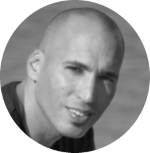 Tal Gur is an author, founder, and impact-driven entrepreneur at heart. After trading his daily grind for a life of his own daring design, he spent a decade pursuing 100 major life goals around the globe. His journey and most recent book, The Art of Fully Living, has led him to found Elevate Society.
Tal Gur is an author, founder, and impact-driven entrepreneur at heart. After trading his daily grind for a life of his own daring design, he spent a decade pursuing 100 major life goals around the globe. His journey and most recent book, The Art of Fully Living, has led him to found Elevate Society.




